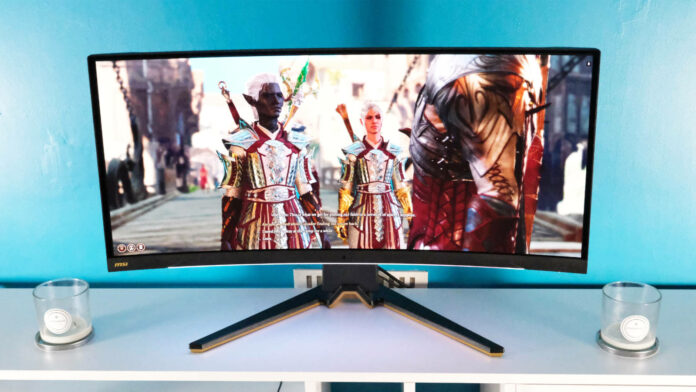OLED screens are incredible in many respects, but one of the biggest downsides is brightness. The current peak for OLED TVs is generally around 3,000nits if you’re fortunate enough to grab the top of the line. While that sounds like a lot, it actually falls behind other options because it doesn’t have a dedicated backlight. Fortunately, it looks as though that could change.
A report from FlatPanelsHD.com states that CES, among so many other things, housed an OLED monitor that could hit up to 3,700nits. That’s a substantial leap in brightness. As this model would have only been a prototype, it’s quite possible that the screen could hit even higher peaks when it comes to market around 2025. If that sounds like two years away, take a beat. Sometimes, it takes a moment to remember that it’s 2024 already.
Now, it’s worth noting that most TVs would never need to be that bright. Still, choice is always a good thing. Brighter screens help place a TV in your home, especially where the sun shines that little bit longer. However, it also presents some potential new issues, with the biggest of those being burn-in.
Burn-in occurs when brightness is too high for too long and can lead to persistent images being made something of a permanent feature on a TV screen. If, for example, you leave your TV on Netflix’s profile selection screen for too long, then you might end up with Count Olaf, Shaun the Sheep, and Aggretsuko burned into the left-hand side. It’s not ideal.
There are already a good few measures in place to prevent burn-in. Most conduct an image retention refresh whenever you switch the monitor off. This revitalises the pixes and resets them to their default state. Hopefully, there will be even more methods in place once OLED TVs actually hit these levels of brightness. Burn-in will always be a worry because it’s inherent with the technology, but it shouldn’t be your worry.
Whatever happens next year, fingers crossed that it’ll trickle down to gaming monitors quickly. So far, dedicated PC screens still lag behind in brightness, with the average generally being below 1,000nits. The MSI MEG 342C QD-OLED is an excellent example. It’s one of the prettiest monitors you could spend your money on, but still dimmer than LCD. It makes sense, considering burn-in is more prevalent in games with persistent UI. We wouldn’t like our minimaps and health bars to become a permanent fixture.
We’ll just have to see how all of this shakes out.


